Barry Tillman
Cost-efficient Active Illumination Camera For Hyper-spectral Reconstruction
Jun 27, 2024
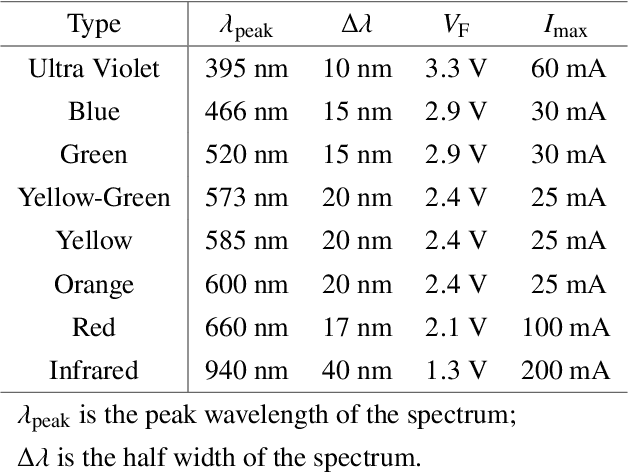
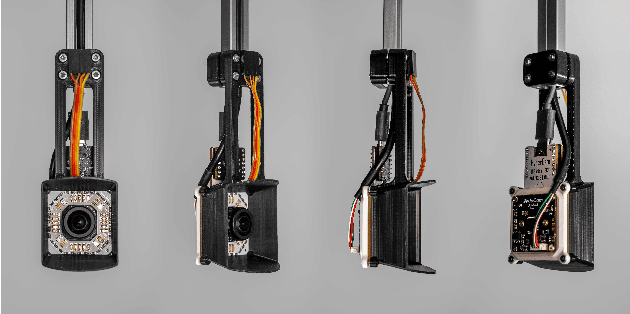
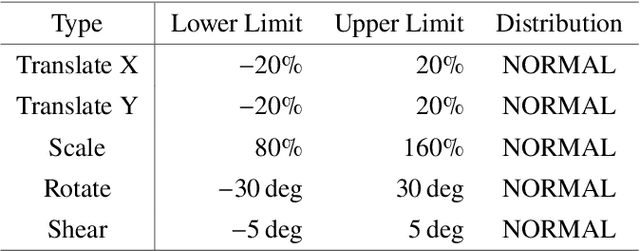
Abstract:Hyper-spectral imaging has recently gained increasing attention for use in different applications, including agricultural investigation, ground tracking, remote sensing and many other. However, the high cost, large physical size and complicated operation process stop hyperspectral cameras from being employed for various applications and research fields. In this paper, we introduce a cost-efficient, compact and easy to use active illumination camera that may benefit many applications. We developed a fully functional prototype of such camera. With the hope of helping with agricultural research, we tested our camera for plant root imaging. In addition, a U-Net model for spectral reconstruction was trained by using a reference hyperspectral camera's data as ground truth and our camera's data as input. We demonstrated our camera's ability to obtain additional information over a typical RGB camera. In addition, the ability to reconstruct hyperspectral data from multi-spectral input makes our device compatible to models and algorithms developed for hyperspectral applications with no modifications required.
Peanut Maturity Classification using Hyperspectral Imagery
Oct 25, 2019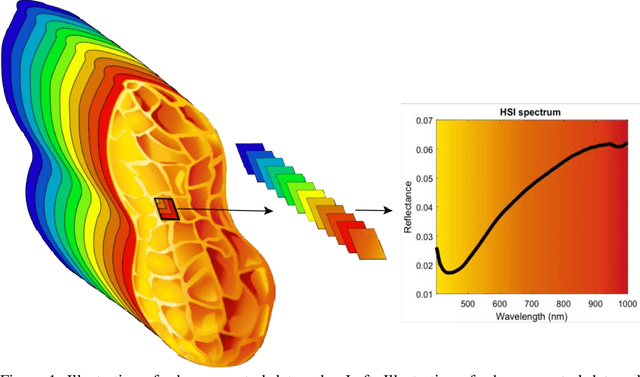

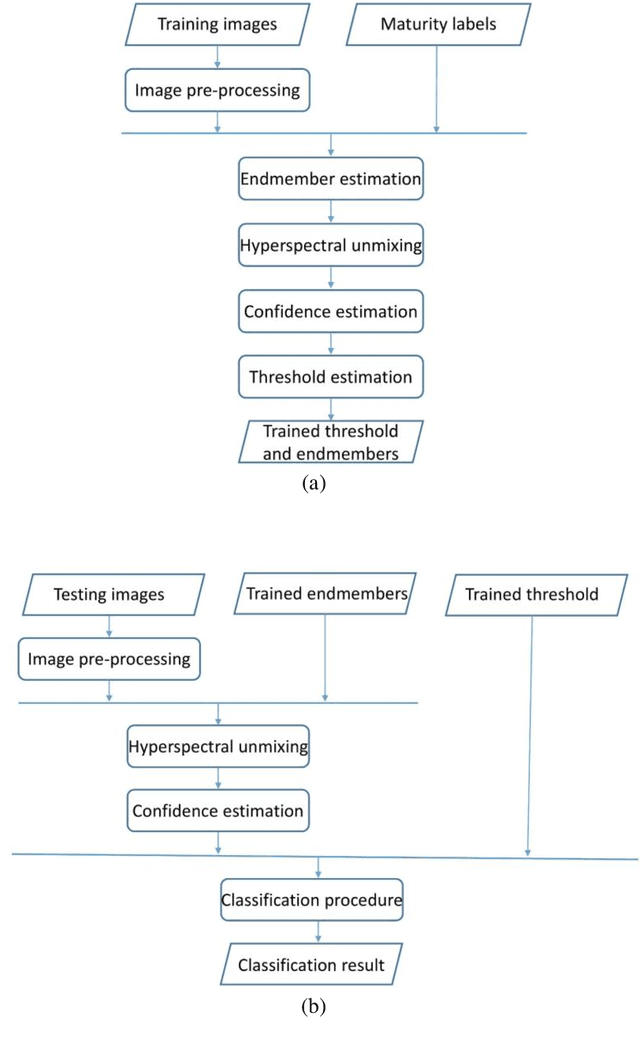

Abstract:Seed maturity in peanut (Arachis hypogaea L.) determines economic return to a producer because of its impact on seed weight (yield), and critically influences seed vigor and other quality characteristics. During seed development, the inner mesocarp layer of the pericarp (hull) transitions in color from white to black as the seed matures. The maturity assessment process involves the removal of the exocarp of the hull and visually categorizing the mesocarp color into varying color classes from immature (white, yellow, orange) to mature (brown, and black). This visual color classification is time consuming because the exocarp must be manually removed. In addition, the visual classification process involves human assessment of colors, which leads to large variability of color classification from observer to observer. A more objective, digital imaging approach to peanut maturity is needed, optimally without the requirement of removal of the hull's exocarp. This study examined the use of a hyperspectral imaging (HSI) process to determine pod maturity with intact pericarps. The HSI method leveraged spectral differences between mature and immature pods within a classification algorithm to identify the mature and immature pods. The results showed a high classification accuracy with consistency using samples from different years and cultivars. In addition, the proposed method was capable of estimating a continuous-valued, pixel-level maturity value for individual peanut pods, allowing for a valuable tool that can be utilized in seed quality research. This new method solves issues of labor intensity and subjective error that all current methods of peanut maturity determination have.
 Add to Chrome
Add to Chrome Add to Firefox
Add to Firefox Add to Edge
Add to Edge